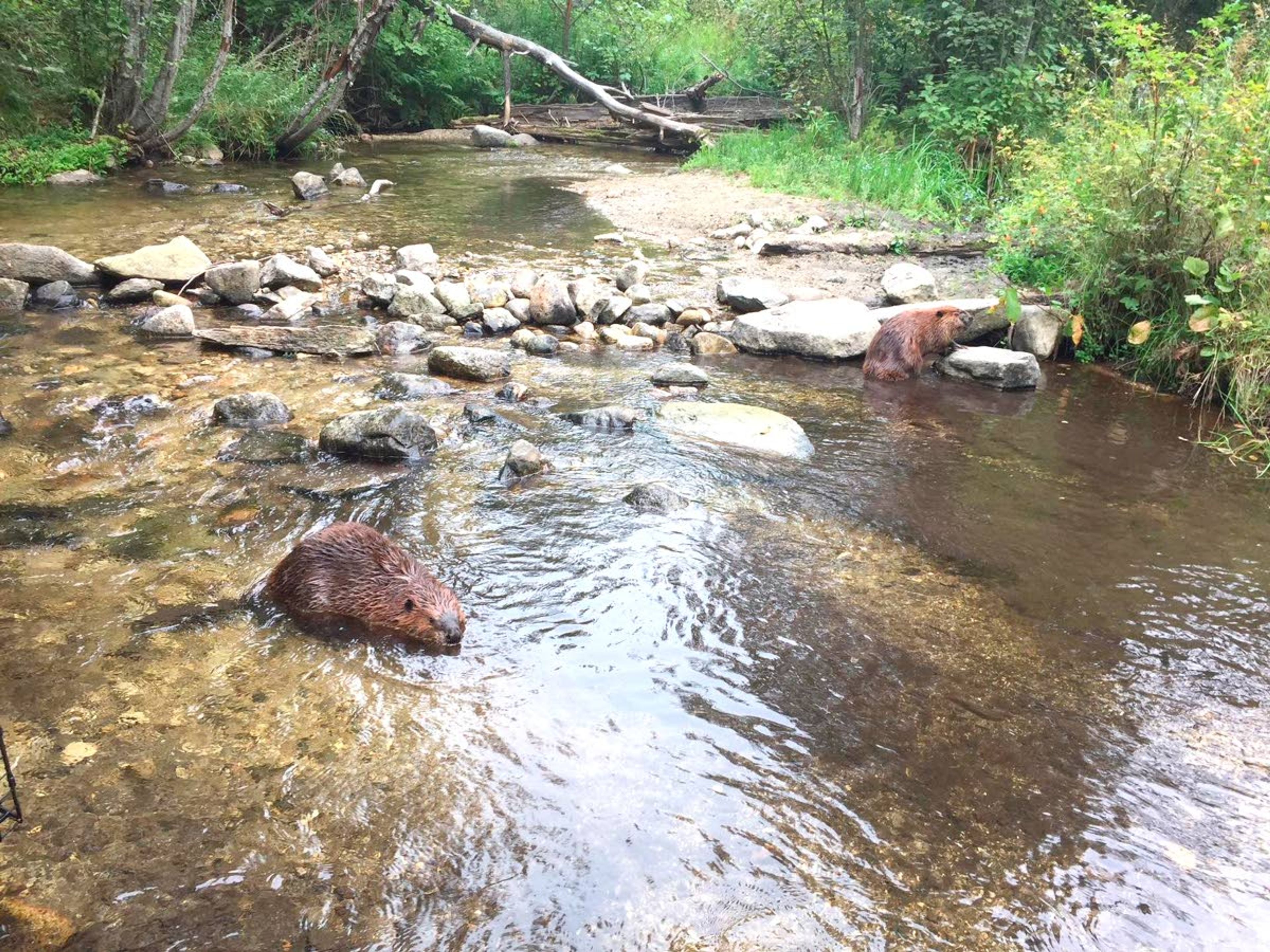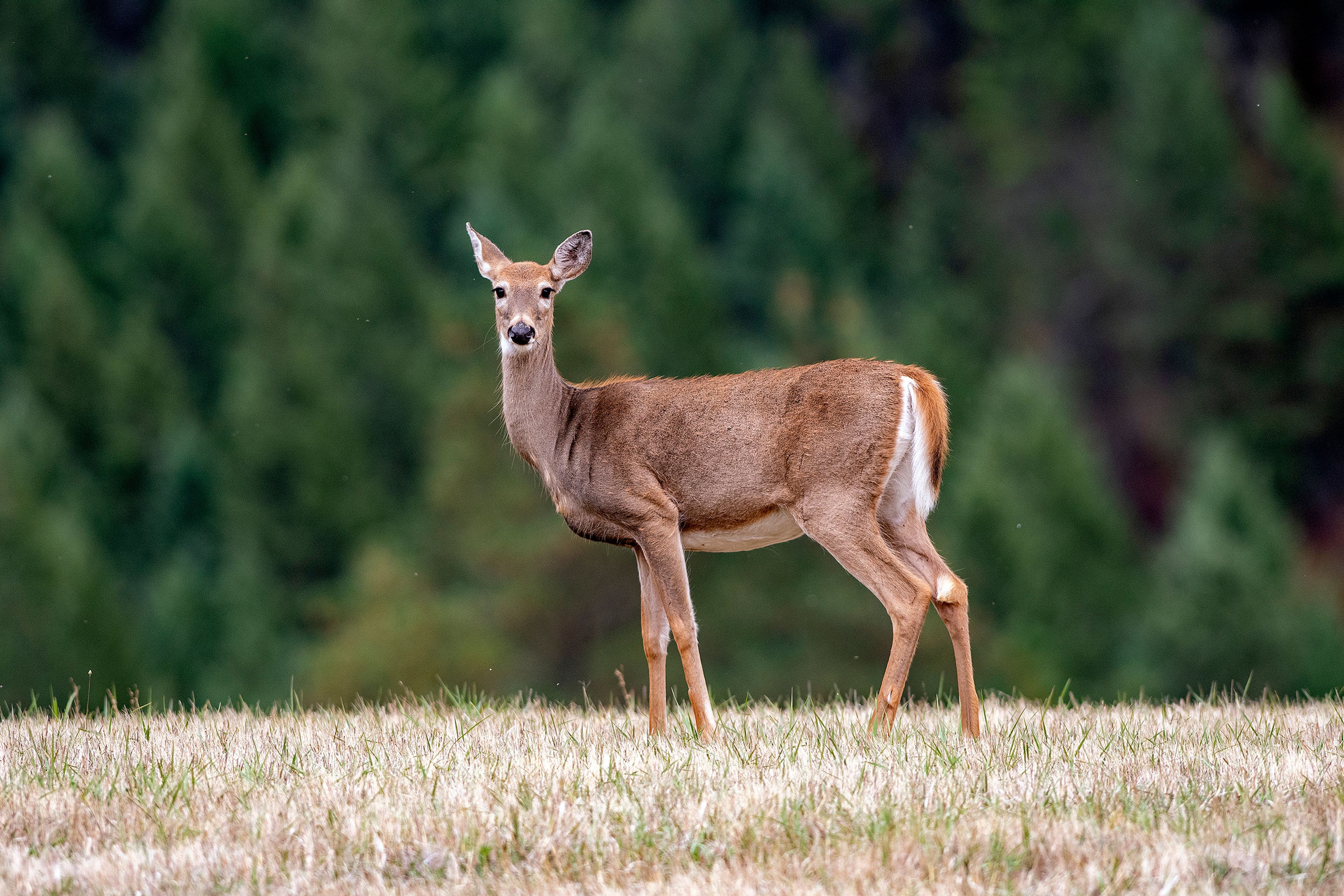Leave it to beavers: Relocation effort paying dividends
More than a decade ago, before a water-loving rodent with a penchant for gnawing on trees became the animal du jour — its ecological powers heralded as a climate salve, ecosystem restorative and all around tonic of hope — the seemingly humble beaver brought two unlikely allies together.
Joel Kretz, a rancher-politician with a penchant for theatrics and dislike of predators (cougars and wolves, in particular); and Mike Peterson, the executive director of the Lands Council, an environmentalist with the gentle mannerisms of an aged hippie and the resolve of a veteran of the Timber Wars, found themselves on the same side of an issue: beaver relocation.
In 2006, Kretz first co-sponsored a bill in the Legislature legalizing the nonlethal relocation of “nuisance” beavers in Washington. It was a progressive bill, one that acknowledged the oft-ignored importance of the world’s second-largest rodent.
“Relocating beavers into their historic habitat provides a natural mechanism for improving the environmental conditions in Washington’s riparian ecosystems without having to resort to governmental regulation or expensive publicly funded engineering projects,” the 2006 bill states.
While that so-called “Beaver Bill” didn’t become law until 2012, it set the stage for Washington to become the beaver leader in the United States.
“Today more than half-a-dozen groups, agencies, and native tribes are transplanting beavers in the Evergreen State, the country’s most sizzling hotbed of castor relocation,” Ben Goldfarb writes in his book “Eager.”
One of those groups is the Spokane-based Lands Council. In the past decade, Peterson estimates they’ve relocated more than 140 beavers, mostly in the Colville National Forest.
Beavers, like humans, alter the landscape to fit their needs. They eat the green bark from aspens (known as the cambium), build their homes and dams with downed trees, flood areas to make better habitat for themselves and other animals and plants beneficial to the beaver cause. That industrious behavior is what’s given beavers a bad reputation, in some quarters.
“If humans are the world’s most influential mammals, beavers have a fair claim at second place,” Goldfarb writes.
The same behavior that has bothered human endeavors provides a raft of ecological benefits.
Streams slowed by beaver dams and lodges create better habitat for animals and insects, collect silt, and store and cool water, among other things. In videos taken by the Lands Council in the Colville National Forest bear, moose, herons, cougars and more flock to beaver complexes.
Those successes have increased the social and political tolerance and love for the furred builders. Fueled in part by Goldfarb’s book, beavers are having a moment, their positive impact on everything from animals, to plants, to climate change being recognized.
In 2017, the Beaver Bill was revised to make it easier to relocate. This year the Washington Department of Fish and Wildlife started a pilot program training people to trap and relocate beavers.
It hasn’t always been that way.
A trip through The Spokesman-Review’s “beaver” file in the morgue (the place where old newspaper stories are kept) is a grisly affair with more than a few bad puns and awful alliterations.
“Beaver meets end under car wheels,” reads one headline from 1956. “A beastly beaver terrorizing the Mississippi River city …” states an Associated Press story from 1994. “California firms fined for starving beavers,” goes another.
But a story in 1956 read, “Eager beaver meets end on Post Street Bridge,” perhaps best highlights the change in attitudes. According to The S-R story a “passing motorist” noticed a beaver on the Post street bridge. The snitch called the police, and “Captain Cox shot the beaver from a distance of 35 feet with his service revolver.”
The unfortunate animal was believed to be one of the “band that has been chewing down trees on the Gonzaga campus.”
Now it’s not uncommon to walk the river bank and see those trees wrapped in a fine wire mesh, another sign of increasing respect and willingness to coexist with the industrious rodents.
That isn’t to say it’s all peeled cambiums and roses. While Washington may have model beaver legislation and nonlethal removal permitting, WDFW still kills more beavers than it relocates. In 2018, 28 beavers were relocated, 1,251 were killed due to human-beaver conflict, and 730 were killed by trappers, according to WDFW.
“If we’re going to be relocate, to mitigate climate change and these other things, why are we trapping?” said Chris Bachman, of the Lands Council.
Because of that, the Lands Council is considering pushing legislation that would either ban, or place a temporary moratorium, on lethal trapping. On Sept. 4, California became the first state to ban commercial and recreational fur trapping.
“It’s just ironic that we’re putting beaver on public land,” and then trapping them, Peterson said.
That aside, the story of beavers in Washington is mostly one of cooperation and collaboration. While it may have been enshrined in law in 2012 with Kretz’s Beaver Bill, evidence of Washingtonians affinity for beavers goes back further.
Amongst the blood and gore in the beaver newspaper archives rests one 1968 article that seems to predict a more beaver-friendly future.
Titled simply, “Beaver relocating service,” it tells the tale of two beavers relocated after damming a creek used by a farmer in Stevens County.
“Approximately 30 beavers each year are moved from one area to another throughout Stevens County,” the article states. “The beaver is important because of his contribution to conservation. By constructing his dams and ponds, the beaver provides homes and food for all forms of wildlife such as fish ducks, mink, muskrats, etc.”









